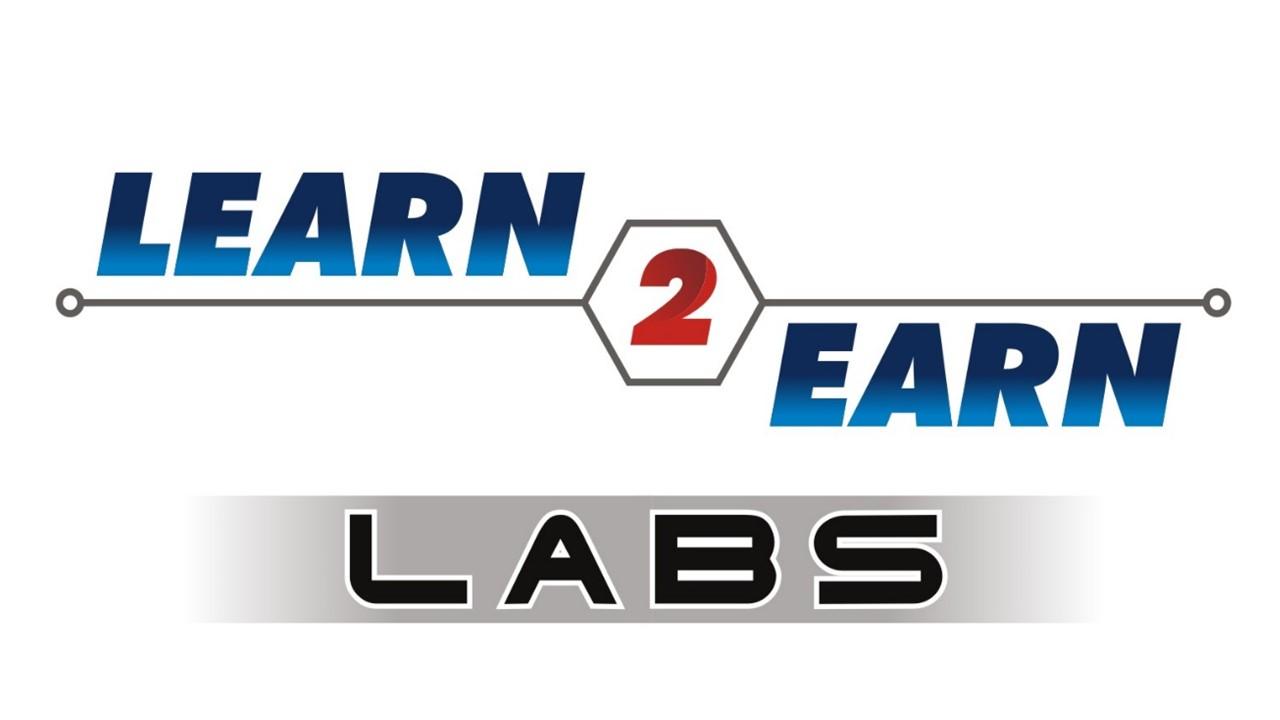Why React Will Continue to Lead Front-End Development Until 2030

Introduction
React is not just a JavaScript library.
It is a game-changer in front-end development.
Created by Meta (formerly Facebook) in 2013, React has become the most preferred tool to build user interfaces.
From startups to tech giants, millions of developers use it daily.
In this blog, we will explore why React will remain a top choice for front-end development until 2030.
We will keep the language simple, sentences short, and focus on clear structure.
Also, we will add helpful external links to deepen your understanding.

Learn React today, lead the front-end world tomorrow. Your future starts with one click.
The Rise of React: A Quick Recap
When and Why React Was Introduced
React was launched by Facebook to solve issues with complex UI updates. Traditional DOM updates were slow. React introduced the Virtual DOM, which made UI changes much faster.
Key Milestones in React’s Journey
2013: First release by Facebook
2015: React Native launched for mobile app development
2016-2019: Introduction of JSX, ES6 class components, and context API
2020-2023: React Hooks, Concurrent Mode, and Server Components
React kept evolving. It handled modern needs like real-time data, cross-platform apps, and reusable components.
For more details, you can explore this React Statistics 2025 blog by Citrusbug.
Key Reasons Why React Will Dominate Until 2030
1. Component-Based Architecture
React allows you to break your UI into small parts called components. Each component works independently. This makes your app easy to manage, scale, and reuse.
2. Fast UI with Virtual DOM
The Virtual DOM is a core reason behind React’s speed. It updates only the changed parts of the UI. Users get a smooth experience, even in large apps.
3. Massive Ecosystem and Community
React has strong community support. You’ll find countless tutorials, libraries, and tools. Stack Overflow and GitHub are full of discussions and solutions.
To learn more about the stats and trends, visit this detailed blog by eSparkBiz.
4. React Hooks: Functional and Powerful
Hooks like useState and useEffect let you manage state and side effects easily. You don’t need to use complex class-based components anymore. Hooks made React even simpler and more powerful.
5. SEO and SSR with Next.js
Next.js is a React-based framework. It supports server-side rendering (SSR). This helps React apps load faster and perform better in search results.
6. Backed by Meta (Facebook)
React is backed by one of the biggest tech companies. Meta actively maintains it and releases regular updates. This ensures long-term support and innovation.
7. Easy to Learn and Teach
React’s syntax is simple. Students who know HTML and JavaScript can learn it quickly. That’s why React is popular in coding bootcamps and online courses.
8. Cross-Platform Support with React Native
React Native allows you to build mobile apps using React. You can use one codebase for both Android and iOS. This saves time and cost.
9. Rich Tooling and Libraries
From React Router to Redux and Tailwind CSS, React works well with many tools. You can build modern, responsive, and dynamic apps easily.
10. Strong Demand in the Job Market
Companies love React. Most job openings in front-end development demand React skills. According to Tecla.io, React powers over 42.8% of top websites.

Skills build success. React builds your skills. Start your journey now with Learn2Earn Labs!
Future Trends That Support React’s Growth (2025–2030)
AI-Powered Developer Tools
AI-based tools like GitHub Copilot and CodeWhisperer support React development. They speed up coding and reduce errors.
Better Server Components
React is improving server components. This means less JavaScript on the client-side. Faster loading and better performance will follow.
Web Components and Interoperability
React is moving toward better integration with Web Components. This makes it flexible and future-ready.
IoT Dashboards and Real-Time Systems
React is now being used for Internet of Things (IoT) dashboards and live systems. Its fast rendering and dynamic data binding make it ideal for real-time apps.
React in AR/VR Interfaces
New tools like React 360 and React VR are helping build virtual experiences. As AR/VR grows, so will React’s usage.
Real-World Usage: Who Uses React?
Big Brands
Facebook
Instagram
Netflix
WhatsApp Web
Airbnb
Uber
Shopify
Government and Education Portals
Many universities and government apps now use React due to its speed and accessibility.
Startups and SaaS Products
Most modern startups prefer React because of its performance, ease, and cost-effectiveness.
The tech world rewards action-takers—React is your launchpad. Don’t wait, build your career today!
Conclusion
React is not just a trend. It is a strong, evolving, and future-ready solution. With support from Meta, strong community, rich ecosystem, and consistent improvements, React will continue to lead front-end development until 2030.
Whether you’re a student, developer, or business owner, learning React today will benefit your career or project tomorrow.
Want to explore React in depth? Read this Tecla.io blog to understand more.
Lorem Ispum
Table of Contents
Toggle




